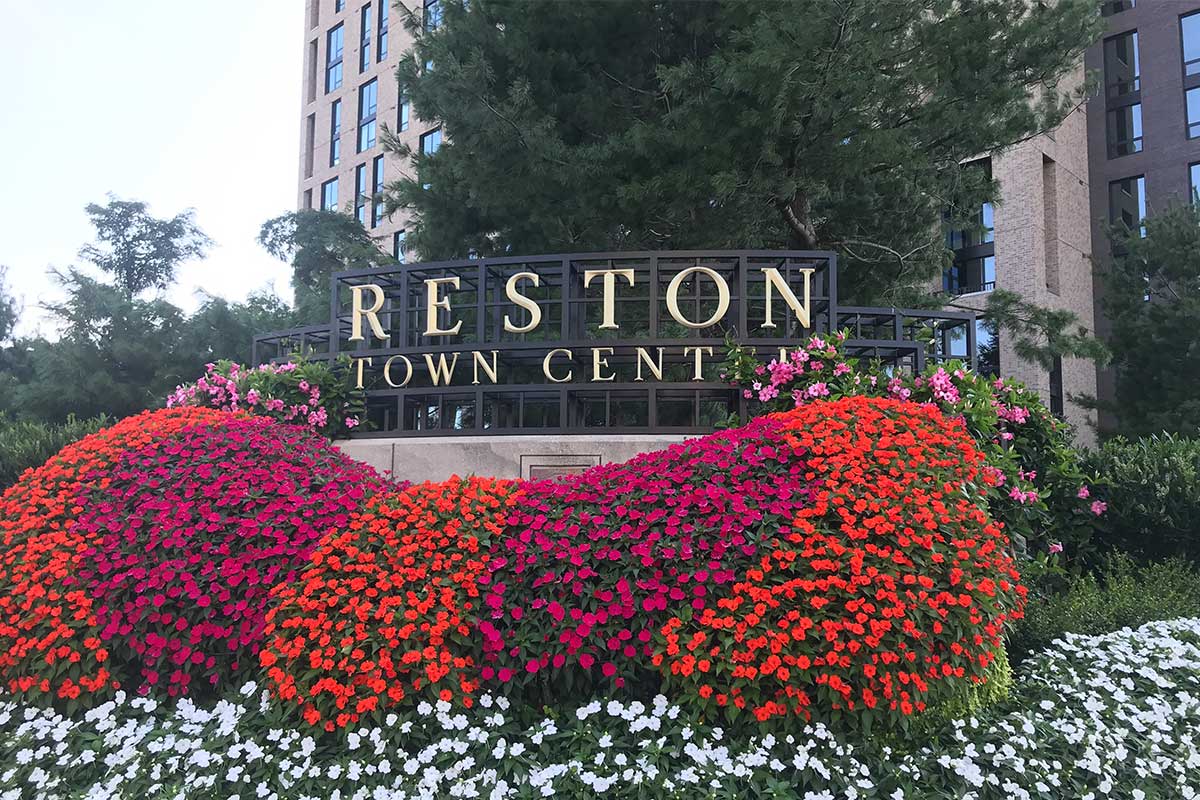Understanding the Basics of Chimney Inspection in Reston, VA
A warm, crackling fire can be a cozy and inviting sight during the chilly winter months. However, with the charm and ambiance of a fireplace comes the responsibility of ensuring its safety and proper functioning. A crucial part of maintaining a safe and efficient chimney is regular inspection. For residents of Reston, Virginia, this task is especially significant due to the region’s cold winters which necessitate the frequent use of fireplaces.
The Importance of Chimney Inspection
Regular chimney inspections are essential for several reasons. Firstly, they ensure the efficient operation of your fireplace, furnace, or wood stove. A poorly maintained chimney can lead to inefficient burning and excessive smoke. Secondly, inspections are critical for safety. Over time, creosote, a byproduct of wood burning, can build up inside your chimney and pose a dangerous fire hazard. Lastly, regular inspections can help identify and mitigate potential problems early, saving homeowners from costly repairs in the future.
When to Schedule a Chimney Inspection
The National Fire Protection Association (NFPA) recommends that chimneys, fireplaces, and vents should be inspected at least once a year. Even if you don’t use your fireplace regularly, animals may have built nests in the flue, or there may be other types of deterioration that could make the chimney unsafe to use.
In addition to annual inspections, you should also schedule an inspection if you notice any of the following:
– Unusual odors coming from the fireplace or chimney
– Visible signs of damage such as cracked or missing bricks
– A significant amount of soot or creosote buildup
– Changes in the performance of your fireplace or furnace
What to Expect During a Chimney Inspection
A thorough chimney inspection by a certified professional, like those at A&T Chimney Sweeps fireplace, furnace, dryer vent, gutter cleaning, and repair services in Reston VA, involves a detailed examination of all accessible portions of the chimney exterior and interior, as well as the accessible parts of the appliance and the chimney connection.
The inspector will be looking for basic soundness of the chimney structure and flue, as well as the installation and connections of the appliance. They will also check for any obstructions or combustible deposits in the chimney.
Three Levels of Chimney Inspection
There are three levels of chimney inspections as prescribed by the NFPA.
Level 1 is a basic visual inspection where the technician examines the readily accessible portions of the chimney, its structure, and flue to check for basic soundness, freedom from obstructions, and combustible deposits.
Level 2 inspections are more detailed and are required when changes are made to the system, such as a change in the fuel type, changes to the shape or material of the flue, or replacement or addition of an appliance. This level of inspection includes everything in Level 1, plus the accessible portions of the chimney exterior and interior, including attics, crawl spaces, and basements.
Level 3 inspections are the most comprehensive and are required when serious hazards are suspected. These inspections include the removal of certain parts of the building or chimney structure, as necessary, to gain access to areas that are not usually accessible.
The Basics of Chimney Maintenance
Chimney inspection is a critical part of chimney maintenance, but it’s not the only one. Regular chimney sweeping is necessary to remove soot and creosote buildup and prevent chimney fires. Also, waterproofing your chimney can protect it from water damage and prolong its lifespan.
FAQs
Q: How often should I have my chimney inspected?
A: The NFPA recommends an annual inspection. However, if you notice any signs of damage or changes in performance, schedule an inspection immediately.
Q: What is included in a chimney inspection?
A: A basic chimney inspection includes a visual inspection of the chimney structure, flue, and the connections and installation of the appliance. More detailed inspections may include examination of the exterior and interior portions of the chimney and the removal of certain parts of the building or chimney structure, as necessary.
Q: What is creosote and why is it dangerous?
A: Creosote is a byproduct of wood burning. It’s a black, sticky substance that can build up inside your chimney. If not regularly removed, creosote can catch fire and cause a serious chimney fire.
Q: Who can inspect my chimney?
A: It’s recommended to hire a certified professional to inspect your chimney. A&T Chimney Sweeps in Reston, VA, offers comprehensive chimney inspection services.
In conclusion, understanding the basics of chimney inspection and maintenance is crucial for every homeowner with a fireplace or furnace. It not only ensures efficient operation but also prevents potential hazards and costly repairs. Regular inspections and maintenance by a certified professional, such as those at A&T Chimney Sweeps, can provide peace of mind and a safer, cozier home.








